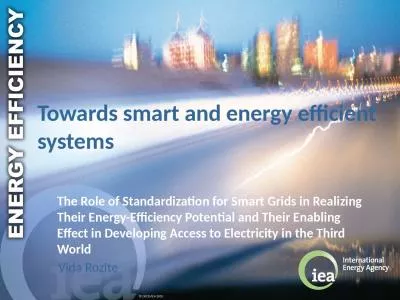PPT-Computationally Efficient and accurate ML algorithms for PV finding
Author : sophia | Published Date : 2023-07-28
Gowtham Atluri Mike Sokoloff PV finder LHCb upgrade Much higher pileup Need for faster algorithms Goal Discovering PVs and SVs Use of ML approaches Transform 3D
Presentation Embed Code
Download Presentation
Download Presentation The PPT/PDF document "Computationally Efficient and accurate M..." is the property of its rightful owner. Permission is granted to download and print the materials on this website for personal, non-commercial use only, and to display it on your personal computer provided you do not modify the materials and that you retain all copyright notices contained in the materials. By downloading content from our website, you accept the terms of this agreement.
Computationally Efficient and accurate ML algorithms for PV finding: Transcript
Download Rules Of Document
"Computationally Efficient and accurate ML algorithms for PV finding"The content belongs to its owner. You may download and print it for personal use, without modification, and keep all copyright notices. By downloading, you agree to these terms.
Related Documents

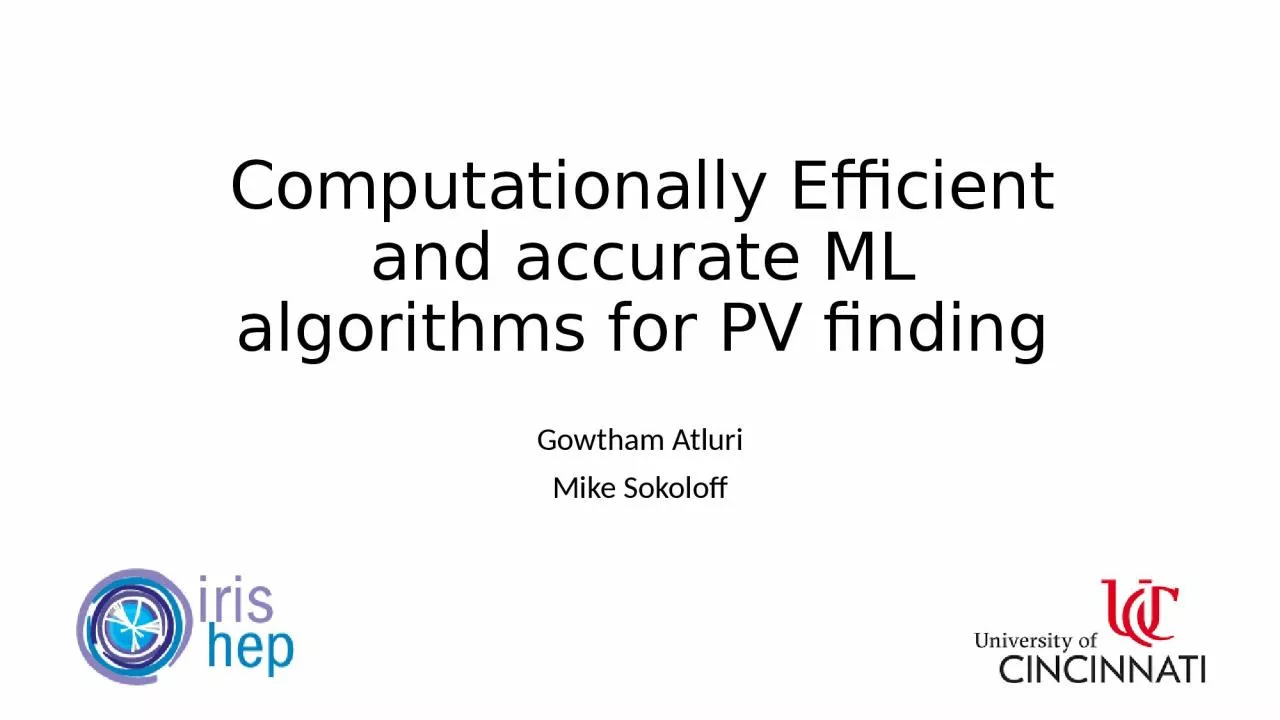
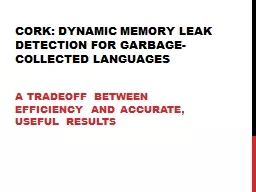
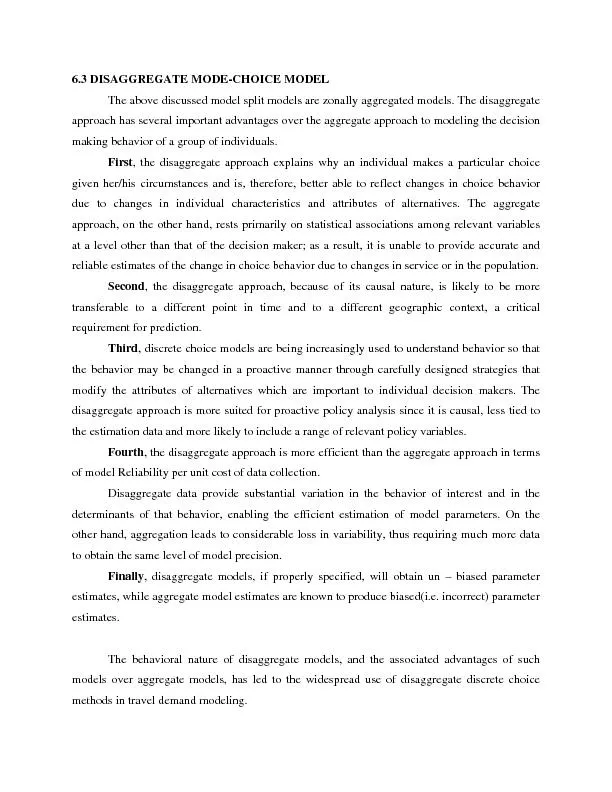

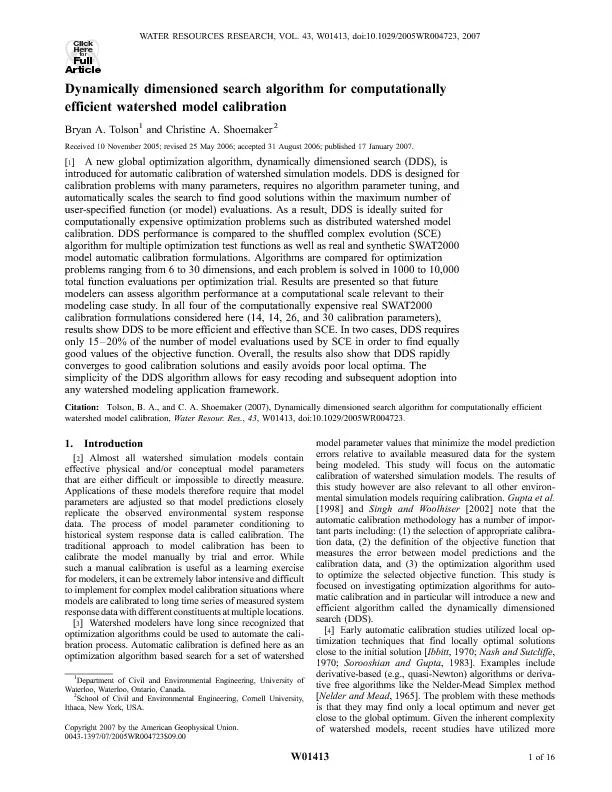


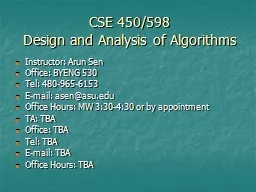
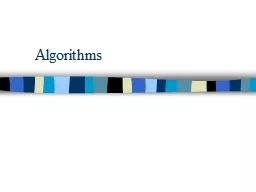

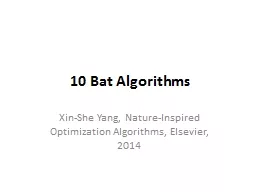
![[READ]-Easy Learning Data Structures & Algorithms ES6+Javascript Classic data structures](https://thumbs.docslides.com/970589/read-easy-learning-data-structures-algorithms-es6-javascript-classic-data-structures-and-algorithms-in-es6-javascript-easy-learning-javascript-and-design-and-data-structures-and-algorithms-book-3.jpg)

